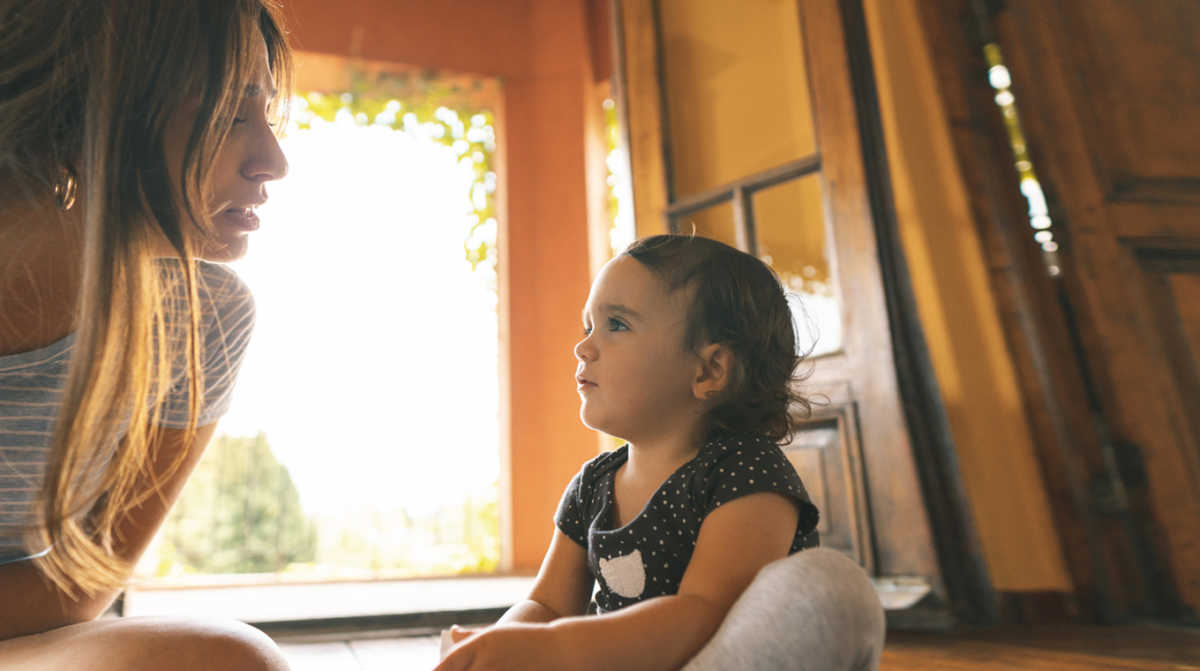How to Explain Race to Your Children
Talking about races with your kindergarten teacher or young child may be a challenge, but it’s part of the important work we must do to rebuild a better America. These conversations need to take place regularly, even when we feel like we are not. I have some race tips to your kindergarten teacher that define what race is and what it means to be anti-racist.

What is race: The importance of explaining the concept to kindergarten age students
Many parents often feel that they are doing their child a favor by raising them to “see no color” and to be “color blind”. However, encouraging children to recognize differences in people is the first step in fostering a sense of empathy. When raised to recognize differences between people, they will be better prepared to recognize instances of privilege and define discrimination when they see this. First Step in Raising a Child Who Is Active Anti-Racist.
Cindy Ivey, a science teacher and mother of two, explained why it is important to her to teach race to young children. “When parents raise their children to be ‘color blind’ you’re teaching them to ignore the very real injustices that are happening around them,” she told Mom.com. “This can keep our young people in a bubble of Growing up privileges without ever facing the uncomfortable truth that this security doesn’t exist for everyone. ”
If we leave the subject of race to peers, teachers, television, and society in general, they could get away with skewed and sometimes dangerous ideas. By not exposing children to people and cultures. Experiences other than their own may create a sense of superiority over one’s background rather than compassion and tolerance of other cultures and worldviews.

Tips for explaining race to kindergarten students
Often one of the reasons parents give for not explaining race to young children is that they just don’t know how to do so. They may say they don’t have the necessary tools to do ‘do it right.’ In 2021, however, these excuses are unacceptable.
After a racially tumultuous year in 2020, the sheer volume of conversations and resources to help parents talk to children about race and racism has grown exponentially. Use age-appropriate simple language when explaining race to your kindergartner. All too often people tend to shy away from talking about color or race issues with kids for this reason. The bottom line is to make talking about race as commonplace as talking about what you’re going to have for dinner.
Erin Winkler, associate professor and chair in the Africology Department at University of Wisconsin-Milwaukee, stresses the importance of talking about race with one another. “I think the first thing is to just get comfortable talking about race, racism, racial inequality, period,” Winkler said in a talk she gave for Wisconsin Public Television’s University Place. “And what I mean is, if we are not able to talk about these issues with other adults, we’re going to find it impossible to talk about it in age-appropriate ways with 3, 4, 5, 6, 7, 8, 9-year-olds or even teenagers.”
Introduce your child to a variety of cultural experiences. This is a great way to foster a sense of cultural appreciation. Younger children may not understand some of the vocabulary you might choose to use when explaining race, so it’s important to make real-world connections. Use examples that they can understand when you define racism and racial discrimination by making a correlation to something that makes sense in their world.
Discuss with your child the feelings that may arise from being excluded from groups of friends at school. Share examples like the classic, ‘what if’ scenario using simple terms and examples to define inequality. Have friends of different races other than yourself and model anti-racist behavior so that it is a natural part of your childs upbringing.
Finally, children learn by modeling so it’s important to call out racism when it occurs. “Although it can seem counterintuitive, our silence about race can in fact, and does in fact, increase prejudice,” Winkler said.

